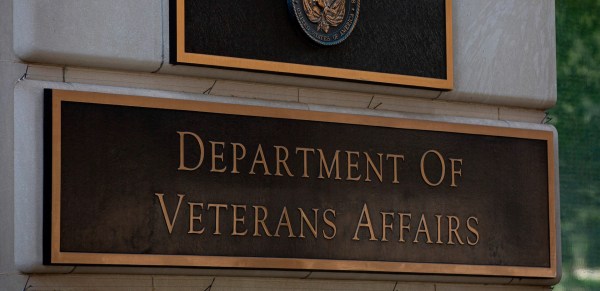 Defense Secretary Chuck Hagel (Photo: DOD)
Defense Secretary Chuck Hagel (Photo: DOD)The Defense Department’s budget will return to pre-sequestration numbers under the 2014 fiscal year budget President Barack Obama released Wednesday.
The budget calls for a baseline of $526.6 billion and an additional $88 billion to fund wartime costs, roughly the same amount the department asked for the previous year, but without the 7 percent reduction in sequestration cuts.
“This budget continues to balance the compelling needs of supporting troops at war in Afghanistan, implementing the president’s defense strategic guidance and sustaining the quality of the all-volunteer force — all while ensuring we maximize the use of every taxpayer dollar and address internal imbalances within the DOD budget,” Defense Secretary Chuck Hagel said.
By department, the budget request assigns $155.8 billion to the Navy, $144.4 billion to the Air Force, $129.7 billion to the Army and $96.7 billion to other defense activities.
The base budget request asks for $209.4 billion for operations and maintenance; $137.1 billion for military personnel; $99.3 billion for procurement; $67.5 billion in research, development, testing and evaluation; $11 billion for military construction and $2.3 billion in other costs.
The budget still remains $52 billion above the budget caps set under sequestration, meaning the Pentagon would take another across-the-board hit in 2014 if sequestration is not reversed.
Other critical investments the request supports, according to budget documents, include $4.7 billion for cyberspace operations, $10.1 billion for space capabilities, and $2.5 billion in intelligence, surveillance and reconnaissance systems.
The request does yet not include a detailed budget for Overseas Contingency Operations as decisions regarding force levels in Afghanistan were delayed until February of this year to provide commanders time to assess wartime needs fully.
A separate OCO request is being prepared and will be submitted to Congress in the coming weeks.
Military compensation in the 2014 request includes a proposed 1 percent pay raise and housing and subsistence allowance increases to 4.2 percent and 3.4 percent, respectively, although it also calls for a 2 percent reduction in the department’s civilian workforce.
“Even while restructuring the force to become smaller and leaner and once again targeting overhead savings, this budget made important investments in the president’s new strategic guidance – including rebalancing to the Asia-Pacific region and increasing funding for critical capabilities such as cyber, special operations and global mobility,” Hagel said.
He continued, “Most critically, the proposed budget sustains the quality of the all-volunteer force and the care we provide our service members and their families. That underpins everything we do as an organization.”






